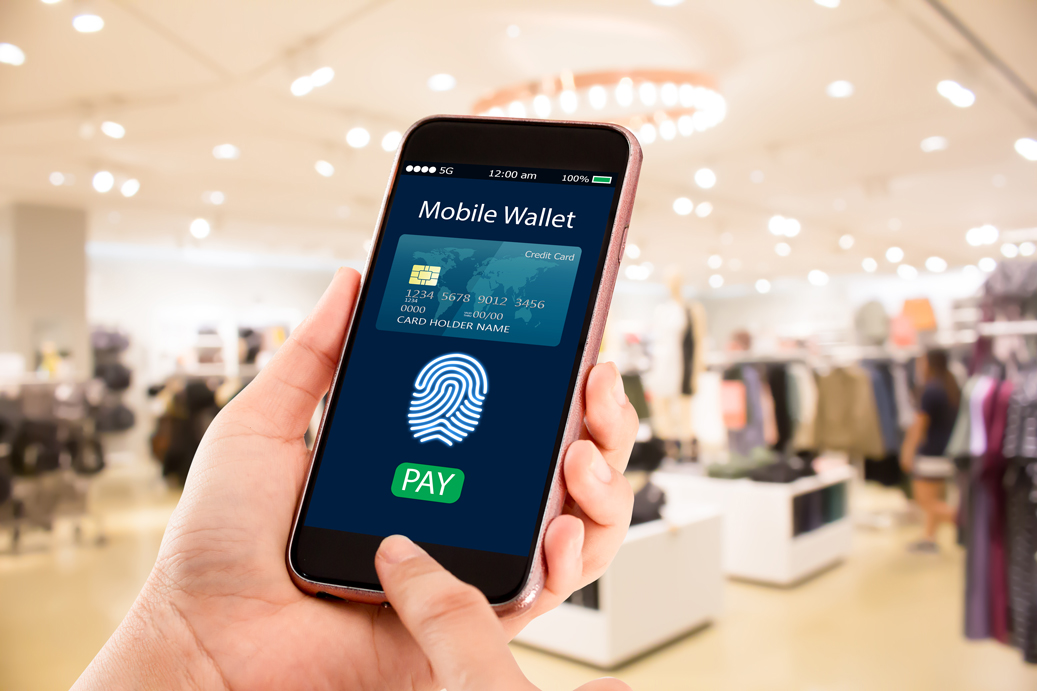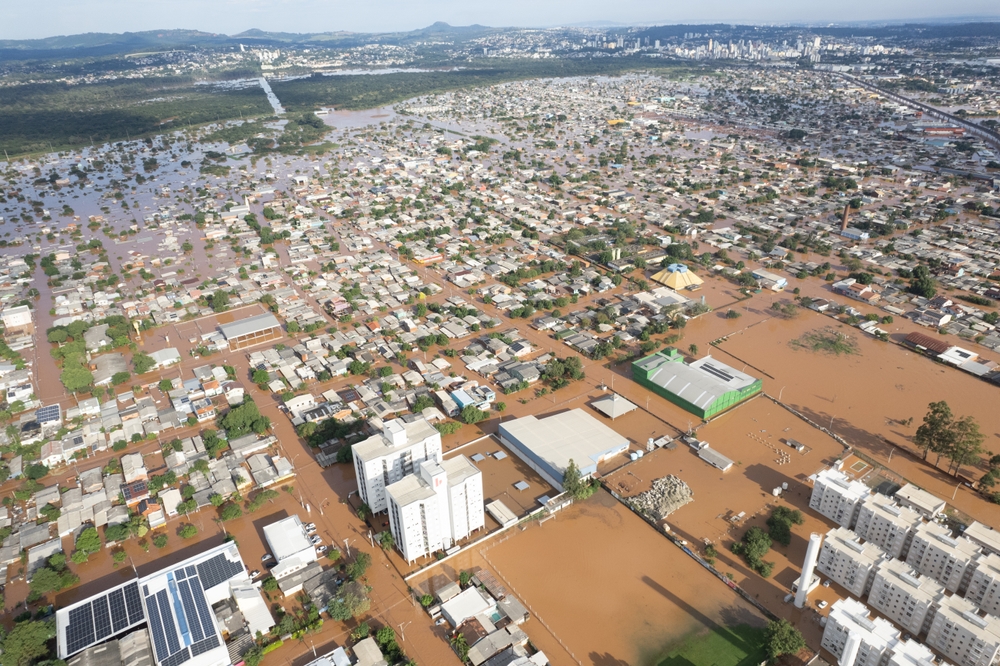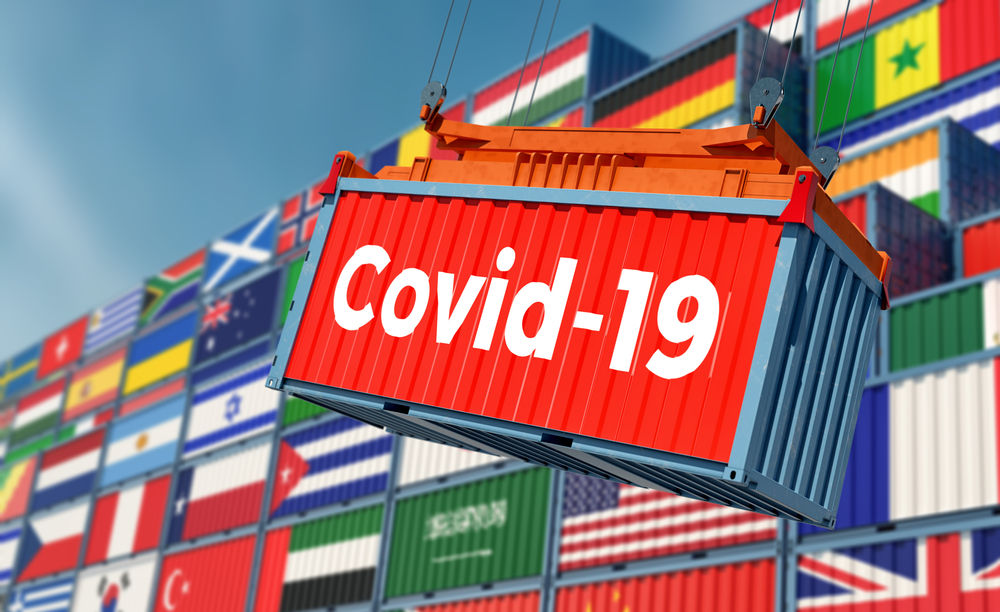COVID-19 and the Cashless Economy

The volume of contactless, cashless transactions has skyrocketed because of the pandemic. Find out how businesses around the world are pivoting to meet this shift in consumer spending behavior.
They say money makes the world go round. These days, money is (figuratively) changing hands in the virtual world. The pandemic has accelerated a global shift to a cashless economy. Let’s take a look at some numbers from around the world:
- Philippines
Mobile money services provider GCash saw users surge 150% in one month.
- Singapore
The volume of cashless transactions of Singapore’s largest bank, DBS Bank, nearly doubled in the first three months of 2020 compared with the same period last year.
- United States
American mobile payment company Square, Inc. reports that the number of Square sellers in the U.S. who were cashless grew from 8% to 31% last April.
- Europe
In April, ATM use in the United Kingdom fell by 60% compared to last year. In Switzerland, ATM withdrawals dropped by nearly 50% between mid-March and mid-April. In Germany, an online survey revealed that 57% of its respondents use cashless payment methods now more than they did pre-pandemic.
A recent study by Mastercard reports more than 40% growth in contactless transactions globally in the first quarter of 2020. From credit cards and mobile wallets to QR codes and tap and go cards, consumers all over the world are paying for products and services without touching a single coin or bill.
A cashless society for safety
While zero to minimal contact and physical distancing are crucial to preventing the spread of COVID-19, life still—and must—go on. Contactless payments give us access to what we need and enjoy while protecting our safety and minimizing risks.
In an article published by Nayax last July, the global fintech company enumerates 17 ways we have become a cashless society. Here are some examples.
Food retail and foodservice industry
When the world went on lockdown, essential goods and services such as grocery stores stayed open. The global food retail industry quickly adopted best practices to curb the spread of COVID-19, upping their sanitizing procedures to protect employees and customers.
Several grocery chains in the United States have introduced “checkout-free technology” in some of their locations. According to CNBC, supermarket chain Wegmans initially tested its self-checkout app at three stores before the pandemic but implemented it in 80 of its 103 stores in response to the increased demand for contactless shopping.
In Singapore, Aaron Chiew, UOB group retail head of mobile and digital told The Straits Times that online grocery shopping using their cards grew by 44% in the first quarter of 2020, compared with the same period last year.
Foodservice was one of the hardest-hit industries when the pandemic began. Most establishments are trying to get back on their feet without compromising the safety of its patrons and staff. After a four-month lockdown, pubs and bars across England asked customers to use NFC (near field communication) cards and other contactless payment methods.
(Also read: AI and Dining in the New Normal)
Transportation
In the Philippines, an increase in COVID-19 cases among transport workers had Baguio City officials implementing a cashless and contactless fare collection system through tap cards, NFC bank cards, and QR codes.
In Toronto, Canada, road and transit agency Metrolinx stopped offering cash payment options in March, urging commuters to use tap and go cards instead. In India, the government has issued 16.8 million FASTtag passes for cashless tolls since May of this year.
(Also read: The Road Ahead: Connected Vehicles)
Arts and entertainment
When the Rijksmuseum in Amsterdam welcomed visitors back last June, it offered a cashless payment system to keep ticket queues short. In the United States, drive-in theaters have seen a resurgence of popularity, with contactless ticketing systems making it even safer for moviegoers.
Disney World is providing amusement park visitors with a selection of cashless payment methods such as wearable bands, debit cards, credit cards, and Disney tap to go cards.
Spectator sports
Last March 2019, the Mercedes-Benz Stadium (MBS) in Atlanta, Georgia, went completely cash-free, saving more than US$350,000 in operational expenses in just one year.
Proving that we are united in this battle against COVID-19, MBS representatives held a digital conference to share their key strategies for transitioning to a cashless transaction model. More than 900 entertainment and sports representatives attended the event.
Are contactless payments here to stay?
A safe, seamless, and convenient way to purchase what you need—it’s the silver lining in this pandemic. The global health crisis may have compelled businesses to go digital, but will their patrons stick to the cashless and contactless route when this crisis is over?
“In the first three months of the year, we have seen 100,000 customers start online spending for the first time,” Jeremy Soo, DBS head of consumer banking group in Singapore, shared with The Straits Times. “If the consumer experience is safe, fast and good, there's no reason why the user will ditch it and go back to something that is not as seamless.”
“You have to keep up with technology,” Tom Ivory, founder of an artisan bakery and café in Philadelphia, told The Philadelphia Inquirer. “To operate as just a cash business today is a suicide mission. You’re just not going to succeed.”
But while the banking industry encourages customers to use their credit cards for loyalty points and cash rewards, they collect transaction fees from the establishments—an added expense for small businesses that are doing all that they can to stay afloat during these uncertain times.
Are central bank digital currencies the next step?
Last April, the Bank for International Settlements, an international financial institution owned by 63 central banks, released a bulletin on how the pandemic could accelerate not only digital payments but Central Bank Digital Currencies (CBDC) as well.
The Belfer Center for Science and International Affairs defines a CBDC or national digital currency as “the digital form of a country’s flat currency. Instead of printing paper bills and minting coins, the central bank issues electronic tokens, whose value is backed by the full faith and credit of the government. CBDCs (like cash) are the liability of the central bank, which would typically maintain reserves, deposits, and accounts, rather than a private firm.”
Last February, the Deputy Governor of the Bank of Canada said that the pandemic- and technology-related shift in spending habits requires planning for contingencies, and “this includes readying ourselves in case a decision is made some day to issue a Bank of Canada digital currency”.
In some countries, that contingency plan is underway. Last February, Sweden’s Riksbank began testing an e-krona. Developed by consulting firm Accenture, the pilot will run until February 2021 and will use blockchain technology. This month, Shenzhen consumers spent 8.8 million yuan (US$1.3 million) during a week-long trial of China’s national digital currency.
As with any new technology, the introduction of a national digital currency raises concerns about data privacy and data security. Digital currencies could generate large amounts of data on how people spend their money and be vulnerable to cyberattacks and security breaches.
Should a cashless society culture prevail, it must safeguard the privacy and rights of consumers and uphold the business interests of every artisan store and global retail chain. Money does make the world go round, and money—in whatever form it takes in the future—should remain private and as good as cash.
As one of the Top 20 EMS companies in the world, IMI has over 40 years of experience in providing electronics manufacturing and technology solutions.
At IMI, we believe that humanity drives technology, and we direct our passion at solutions that enhance our way of living. With more than 400,000 square meters of factory space in 22 factories across 10 countries, we are positioned to build your business on a global scale.
Our proven technical expertise, worldwide reach, and vast experience in high-growth and emerging markets make us the ideal global manufacturing solutions partner.
Let's work together to build our future today.
Other Blog



